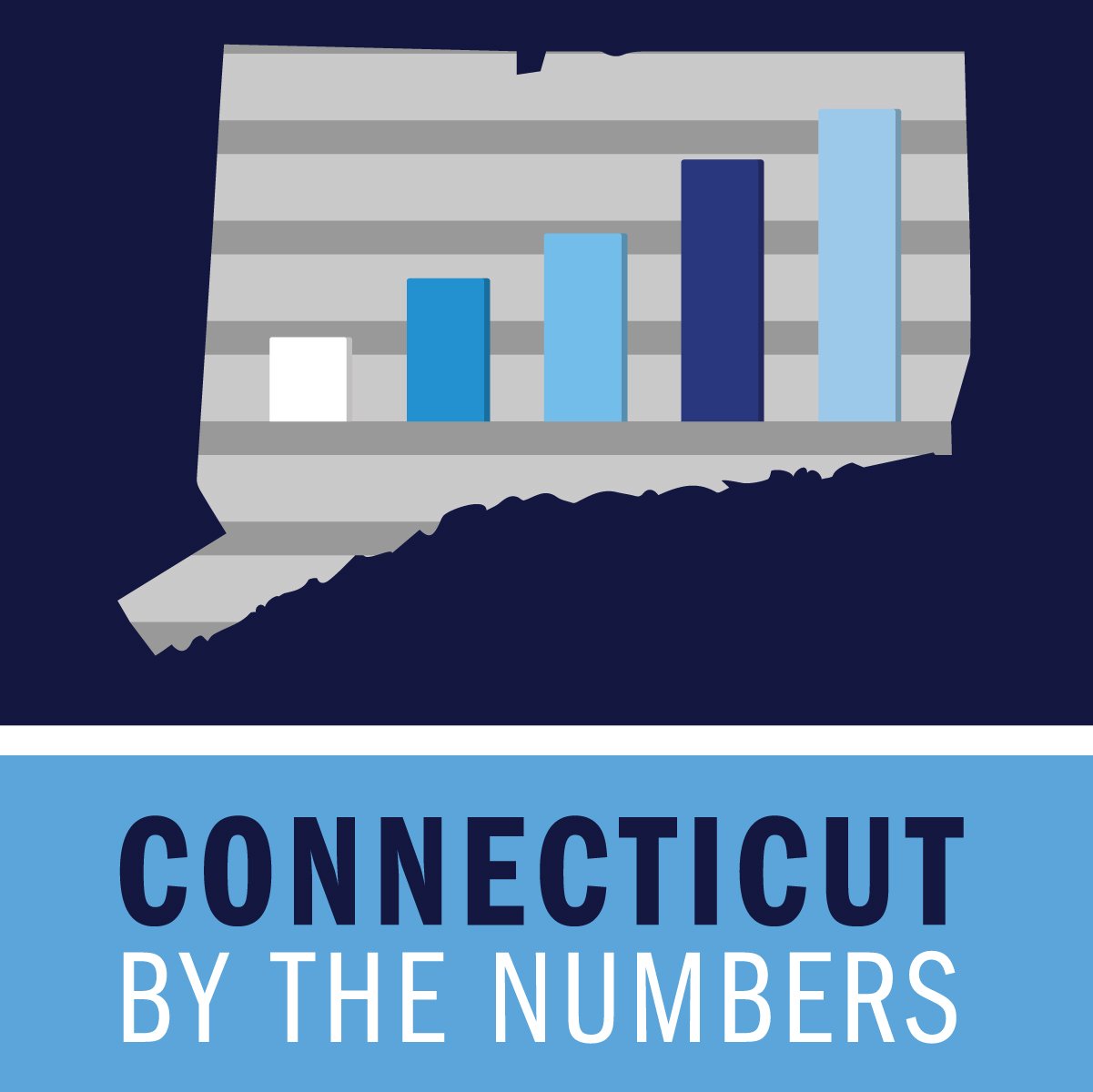The Indispensible Role of Third Places in Our Communities
/Third places are significant contributors to what is increasingly referred to as “social infrastructure.” Whereas traditional infrastructure is primarily physical in nature (the electrical grid, water and sewer pipes, roads and bridges, internet broadband, etc.), social infrastructure is broadly defined as the background structures that allow various social connections to occur, most notably as physical spaces where people can assemble.
Third Places are broadly defined as a social environment that is neither your home (the first place) or your place of employment (the second place) but your “Third Place” where you enjoy the company of others.
In addition to simply making neighborhoods and communities more enjoyable, third places have social, mental health, and economic benefits. Research indicates that third places are associated with greater neighborhood cohesion and interaction among neighbors and offer psychological benefits similar to that of urban parks. Neighborhoods with third places (cafés, parks, restaurants, etc.) tend to report higher levels of sociability, with nearly half of residents in such communities reporting conversing with someone in their communities they did not know well at least once a month, in contrast with only one-quarter of those living in very-low-amenity areas .
Economically, third places provide benefits to development projects. When included in mixed-use developments, third places improve the marketability of a site and create synergy with residential uses. For example, data from the Urban Land Institute notes apartment buildings with robust ground floor third place commercial uses (such as cafés and restaurants) can often generate up to 5 percent higher residential rental premiums.
Places like libraries, playgrounds, or public markets do not necessarily have socialization as their primary function per se but facilitating social connections is a notable example of what makes them popular destinations for many, proving their value over multiple generations.
Restaurants and coffee shops operate on thin profit margins in the best of times. The pandemic and ensuing inflation forced many to curtail hours or close entirely. Even profitable companies such as Starbucks, whose founding ethos was based on third place principles, have begun to prioritize “throughput” and turning over tables in order to maximize profits . The CRCOG region has seen its fair share of loss when it comes to third places. Hartford saw the closures of a sizable number of dancing venues in the early 2000's. In more recent years, the City saw the closure of Tisane and 36 Lewis, iconic LGBTQ+ friendly and safe spaces for many in the city and surrounding area. Hartford also lost ZuZu Coffee and Wine Bar, as well as City Steam, a great spot for a beer after work or a comedy show at a historic location.
Our social behaviors also have changed over time. We have become more solitary compared to previous generations. Research has shown that time spent alone during leisure hours has more than doubled among working-aged adults, from 58 daily minutes in 1965 to 119 in 2018 . Some of this change is due to household changes - lower marriage rates and an increased number of people living alone - while higher social media usage also appears to play a role. This shift towards social isolation has implications for mental health; surveys indicate that respondents who spend a large fraction of their free time alone report lower subjective well-being
More recently, the rise in remote and hybrid work has significantly impacted the amount of time people interact in person with one another. Despite some decline since the height of the pandemic, three to four times more people work remotely in 2025 than in 2019 . Roughly 26% of the workforce with remote-capable jobs works fully remote, with about 55% working a hybrid inperson/remote schedule. This shift in workplace practices has measurable benefits for workers, such as less time commuting, better work-life balance, and greater job-accessibility for workers with health challenges or disabilities. However, workers commonly cite the challenge of feeling isolated from their teammates. While some organizations address this challenge by establishing intentional in-person meeting practices, many hybrid and remote workers still feel a need for a place beyond their home office to spend time. They need a proper third place.
Given the importance of third places and their risk of decline, municipalities should actively and intentionally work to cultivate these critical community assets. Planning and zoning commissioners, economic development commissions, chambers of commerce, city/town council members, elected leadership, and town staff all play a role in supporting third places.
Third places are not only important economic assets, but they are vital for social, mental and civic health. They come in many shapes and sizes, each serving people with different hobbies, interests, and backgrounds. Not every community wants or needs the exact same types of third places, but wherever people live they need places to connect with others. If we want towns with a strong sense of community and resiliency, we must support space for third places. This should be viewed as critical work for improving the health and wellbeing of our neighbors and ourselves.
This is excerpted from a 23-page report issued by the Capitol Region Council of Governments, published this year, examining the benefits of third places, and steps needed to revitalize such locations in Capitol Region cities and towns.































